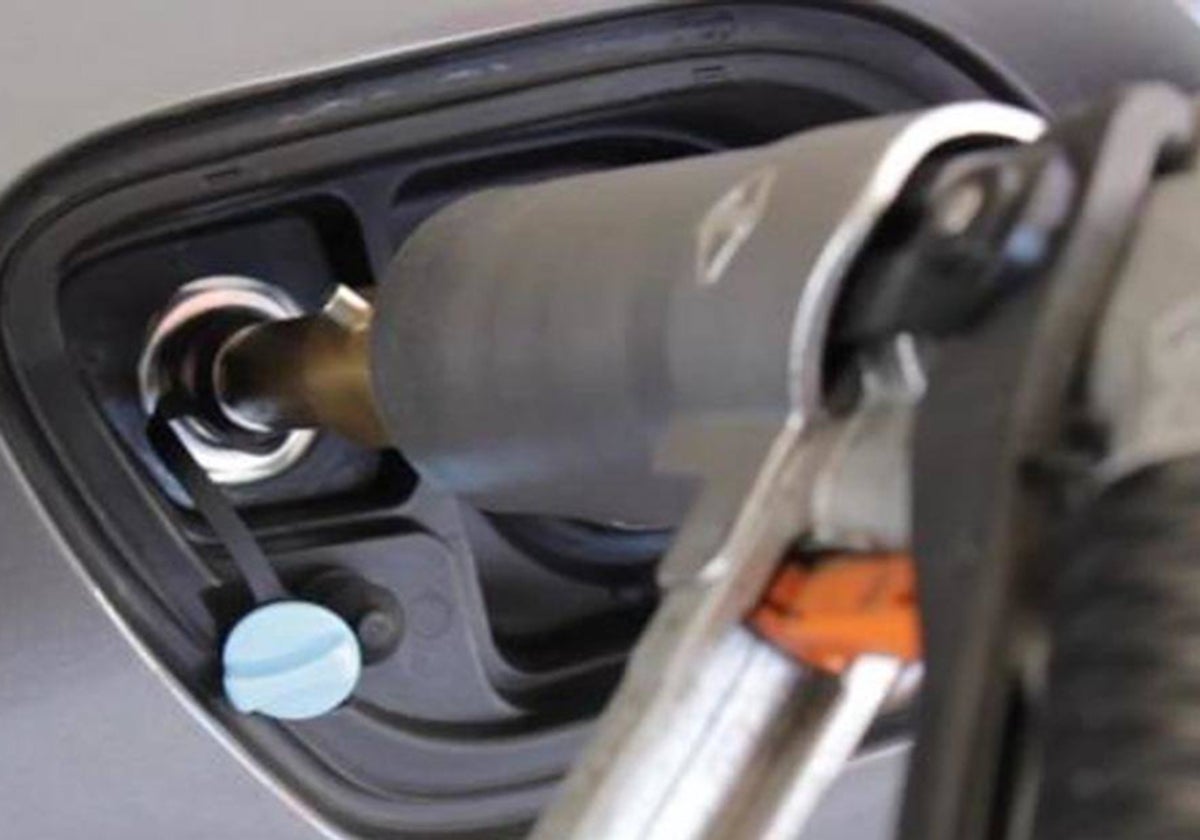The V16 emergency lighting is
the new security element which will soon replace the warning triangle. It is a beacon whose purpose is to signal a breakdown, an accident or an obstacle on the road, but it has raised a lot of suspicion among motorists, who believe that by having a geolocation system, they can be used to “spy” or fines to distribute. .
However, these advance signaling devices are only intended for the visibility of the accident vehicle and the resulting referral to the General Directorate of Traffic of the location of the accident vehicle, and cannot contain any additional functionalities.
After the approval on December 20 of the Royal Decree making the use of
geolocalizable distress beacons From January 1, 2026, the first of these approved V16 lamps will go on the market in Spain, by the Spanish company Netun Solutions. Those responsible for the manufacturing company guarantee that the use of this type of geological beacons is solely for the purpose of preventing accidents, running over and preventing an accident involving the driver and the vehicle, to the exclusion that it can be used by the DGT for other purposes, such as shipping fines.
The device only transmits the signal when we turn it on, so while it remains turned off in the vehicle, it does not send any type of signal, neither to the DGT nor to a possible “hacker”. In addition, it is an autonomous device in which the identification of the vehicle or the driver does not appear at any time.
The DGT also clarifies that this agency cannot know the location of the beacon until it is activated, that is, when we place it in the event of a breakdown or accident. The information you submit
it will only be your position on the map, and it will always be anonymous, therefore the authorities will not know who that location corresponds to. Having the position of the incident will make the road safer as it will show a warning on the light panels closest to the incident scene, the navigators and the car dashboards (V27 signs) will be alerted to the obstacle , even under zero visibility conditions.
The device integrates a SIM card with Narrow-Band Internet Of Things (NB-IoT) technology that provides connectivity anywhere in the national territory
thanks to the Vodafone Spain Network. In the event of an accident or breakdown, when the device is activated, a report is immediately and automatically sent to the DGT traffic center with the exact location. The information received by the DGT is anonymized and therefore does not contain any name, license plate number or other personal data by which the user can be identified.
In this way, the DGT receives real-time information about all possible incidents occurring on the roads and can immediately inform other drivers of their position.
prevent possible accidents. This is a clear advantage in terms of road safety, because by connecting people, roads and machines and shortening reaction times, the fatality rate in accidents can be reduced.
In practice, using the V16 beacon, which will be mandatory in all vehicles by 2026, the device’s geolocation system transmits l every 100 seconds
to the location of our stopped vehicle to the DGT 3.0 cloud, so that this information quickly reaches the rest of the connected road vehicles.
A transitional period is currently being established during which the use of V-16 devices that do not have the required connectivity is allowed.
The new geolocation beacon is placed directly on a metal plate,
on the roof, door, bionda, etc., and it will automatically activate and emit an intense beam of yellow light that is self-visible at a long distance, 360 degrees around its axis of support. Other drivers are made aware of your situation through the variable information panels, through their navigator and, in the future, through the V27 signals, minimizing the risk of collision or run-over.
Source: La Verdad
I am Ida Scott, a journalist and content author with a passion for uncovering the truth. I have been writing professionally for Today Times Live since 2020 and specialize in political news. My career began when I was just 17; I had already developed a knack for research and an eye for detail which made me stand out from my peers.



